Hungary’s capital city straddles the Danube River, uniting the historic hills of Buda with the vibrant streets of Pest in a seamless blend of old-world charm and modern energy. This architectural wonderland combines imperial grandeur with gritty urban creativity, creating an atmosphere unlike anywhere else in Europe.
Here is a list of 15 captivating aspects of Budapest that make visitors fall head over heels for this gem of Central Europe – from steaming thermal baths to ruin bars tucked away in once-abandoned buildings.
Thermal Bath Culture

Budapest sits atop a network of natural hot springs that have been harnessed into some of Europe’s most magnificent bathing facilities. The Széchenyi Baths showcase Neo-baroque splendor with outdoor pools steaming against winter skies, while locals play chess on floating boards regardless of the season.
Gellért’s art nouveau interiors transport bathers to an earlier era, with mosaic tiles and sculptural details adorning every surface. These aren’t merely tourist attractions but vital social spaces where generations of Budapesters have gathered to soak, socialize, and benefit from waters renowned for their therapeutic properties, a tradition dating back to Roman times.
Ruin Bar Scene

Hidden within the Jewish Quarter’s crumbling pre-war buildings lies a phenomenon that transformed Budapest’s nightlife – the ruined bars. Szimpla Kert pioneered this movement by filling a condemned building with mismatched furniture, local art, and string lights, creating an atmosphere both chaotic and magical.
Each venue maintains its distinct personality – some feature bike parts hanging from ceilings, and others showcase bathtubs repurposed as seating areas. These spaces represent creative reuse at its finest, combining preservation, artistic expression, and nightlife in a formula that’s been imitated worldwide yet remains most authentic in its birthplace.
Like Travel Pug’s content? Follow us on MSN.
Parliament Building
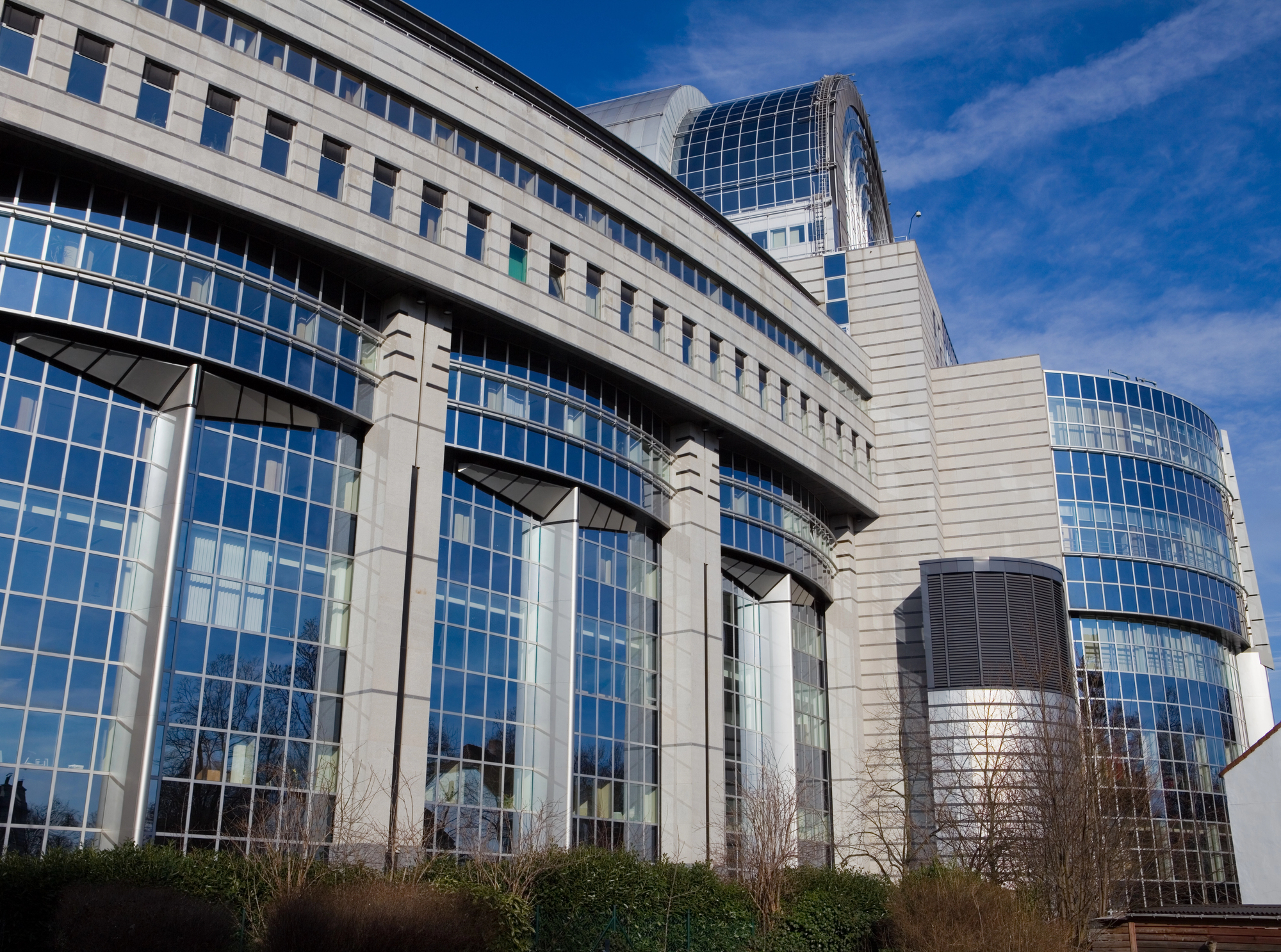
Standing majestically along the Danube, the Hungarian Parliament building combines Gothic Revival grandeur with Renaissance and Baroque elements in a symphony of architectural harmony. Its 691 rooms contain 12.5 miles of corridors adorned with 40 pounds of gold decorating everything from stairwells to ceiling details.
The structure appears particularly enchanting when illuminated after sunset, casting amber reflections across the river that double its imposing silhouette. Beyond architectural significance, guided tours reveal Hungary’s crown jewels and offer insights into a political system that has weathered empires, wars, and revolutions.
Castle District
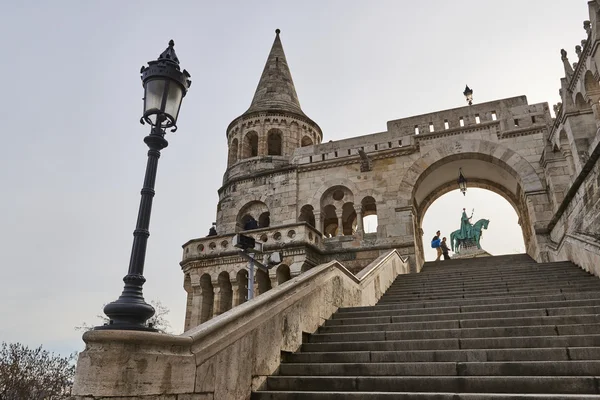
Perched high above the Danube, Buda Castle District creates a fairytale silhouette against Budapest’s skyline. Narrow cobblestone streets wind between colorful medieval houses once home to the city’s elite.
Matthias Church displays a distinctive diamond-pattern roof visible from miles away, while nearby Fisherman’s Bastion offers seven turrets representing Hungary’s founding tribes. Beyond postcard views across the river, this district harbors small museums, wine cellars carved into the hillside, and cafés tucked into centuries-old courtyards. Wandering here in the early morning lets visitors experience the quieter side of Budapest before day-trippers arrive.
Hungarian Cuisine

Hungarian food celebrates hearty flavors with paprika-infused complexity that extends far beyond the famous goulash. Traditional restaurants serve crispy duck with red cabbage, catfish soup spiced with paprika, and sweet túrós causa – cottage cheese noodles topped with bacon cracklings.
Street markets offer lángos – fried dough topped with sour cream and cheese that creates a perfect handheld comfort food. The Central Market Hall provides endless food exploration opportunities beneath soaring steel architecture dating from 1897. Here, visitors can sample traditional sausages, pickled vegetables, and Tokaji wine while interacting with vendors proud to explain their culinary heritage.
Like Travel Pug’s content? Follow us on MSN.
Café Culture

Budapest’s historic cafés once served as second homes to writers, poets, and revolutionaries plotting political movements over espresso and pastries. The New York Café showcases Italian Renaissance splendor with gilded columns and frescoed ceilings that earned its reputation as “the most beautiful café in the world.”
Gerbeaud entices visitors with traditional Dobos torte – a five-layer sponge cake topped with caramel – served beneath crystal chandeliers that have witnessed over 160 years of conversations. These establishments transcend simple coffee shops, functioning as cultural institutions where elegant surroundings elevate everyday moments into something memorable.
Danube Promenade

The riverside walkway stretching between the Chain Bridge and Elizabeth Bridge offers Budapest’s most romantic stroll, regardless of season. Metal shoes along the bank create a poignant Holocaust memorial marking where Jews were shot into the river during World War II.
Further along, travelers discover Margaret Island – a car-free escape with medieval ruins, musical fountains, and tree-lined paths perfect for afternoon wandering. Evening river cruises reveal illuminated landmarks while offering unique photography opportunities as buildings reflect against dark waters. The promenade connects architectural highlights while providing a welcome pause from the bustle of the urban center.
Great Market Hall
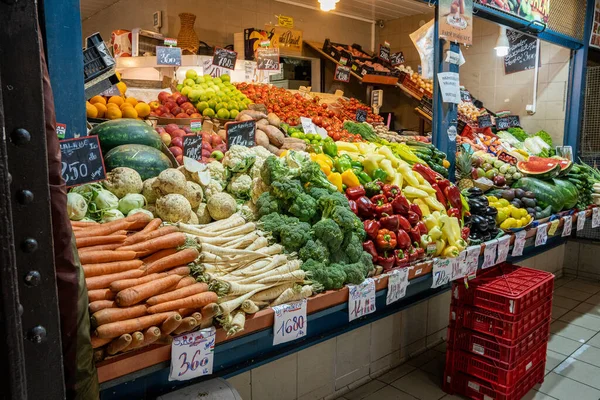
This cathedral to Hungarian cuisine occupies three floors of Neo-Gothic splendor and was completed in 1897. The main hall features soaring steel architecture with colorful Zsolnay tiles adorning the roof that survived multiple wars despite extensive damage.
Ground floor vendors arrange peppers in rainbow formations alongside handcrafted sausages, local cheeses, and fruit preserves made from traditional recipes. The upper level houses food stalls serving authentic lángos and goulash alongside embroidered textiles and folk art. Unlike tourist-oriented markets elsewhere, this remains primarily a working food market where locals shop alongside visitors seeking authentic flavors and experiences.
Like Travel Pug’s content? Follow us on MSN.
House of Terror

Housed in the former headquarters of both Nazi and Communist secret police, this museum confronts Hungary’s darkest chapters with unflinching honesty. Exhibits blend personal testimonies with historical documentation to create emotional connections to victims of political violence.
The basement cells remain largely unaltered, providing powerful testimony to the suffering endured within these walls. An exterior façade featuring cutout images of victims serves as both a memorial and a warning against totalitarianism. Beyond chronicling atrocities, the museum celebrates resistance movements and Hungary’s eventual journey toward democracy, providing essential context for understanding modern Hungarian identity.
Margaret Island
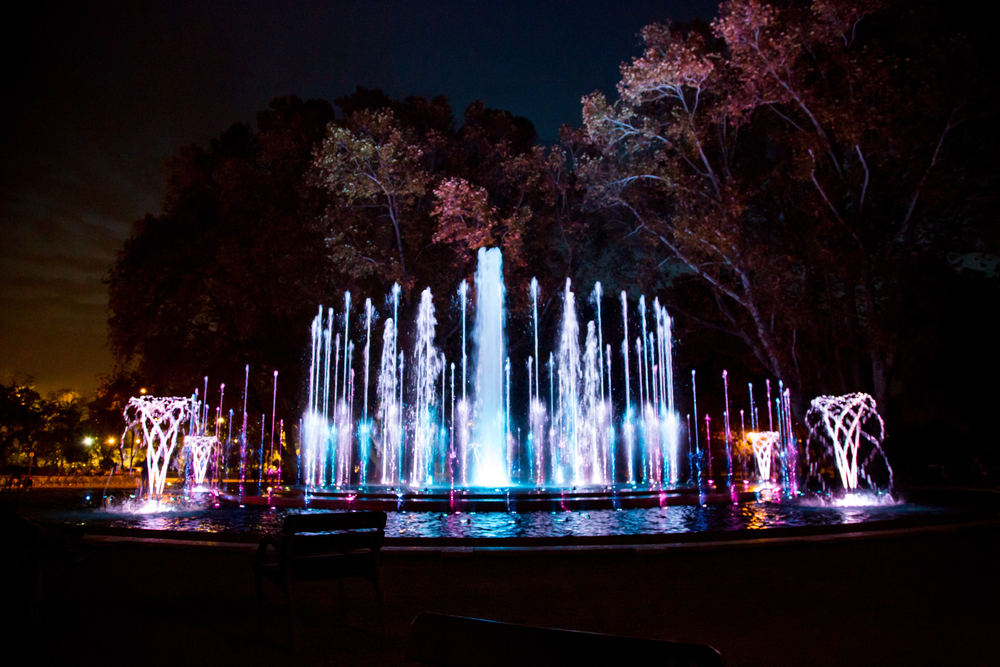
This 1.6-mile-long park provides Budapest’s green heart – a car-free oasis accessible by bridges from both Buda and Pest. Medieval ruins, including a 13th-century Dominican convent, stand alongside thermal pools fed by natural springs that have attracted visitors since Roman times.
The musical fountain performs choreographed water displays several times daily, synchronizing jets with classical and contemporary music pieces. Japanese gardens, rose gardens, and tree-lined paths create perfect picnic spots during warmer months. Locals treasure this space for morning jogs, weekend relaxation, and summer festivals that transform the island into Budapest’s recreational center.
The Jewish Quarter
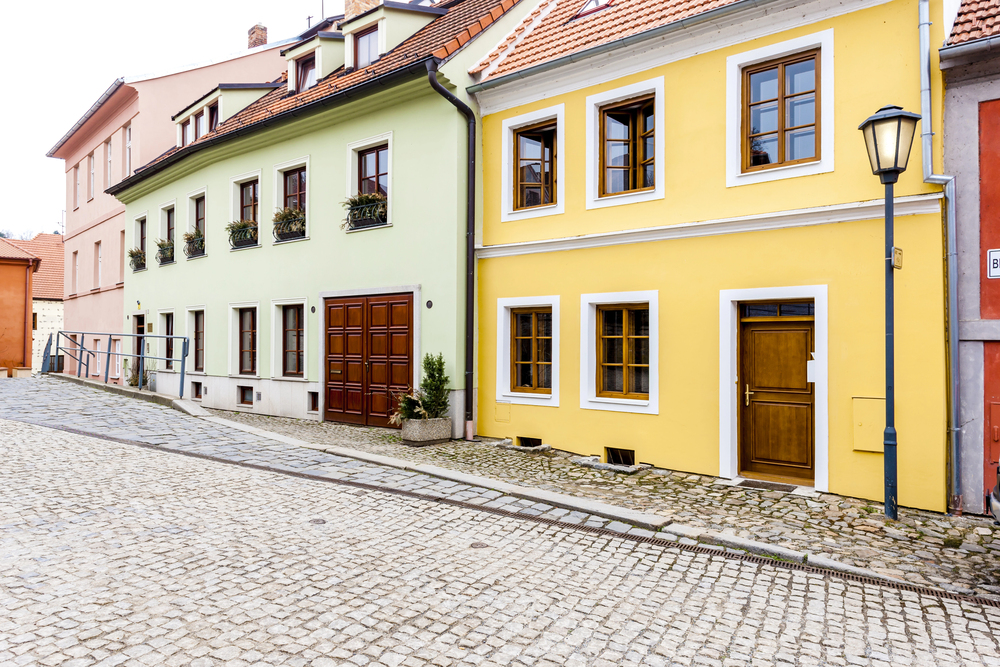
Beyond its renowned ruin bars, the Jewish Quarter preserves important heritage sites, including Europe’s largest synagogue. The Dohány Street Synagogue complex incorporates Moorish architectural elements alongside a moving Holocaust memorial featuring a metal weeping willow tree with victims’ names inscribed on each leaf.
Surrounding streets feature fading Hebrew signs above storefronts and building entrances marked with mezuzah indentations – subtle reminders of the vibrant community that thrived here before World War II. Recent years have brought renewal through street art, designer boutiques, and specialty coffee shops that respect historical context while creating new energy.
Like Travel Pug’s content? Follow us on MSN.
Heroes Square
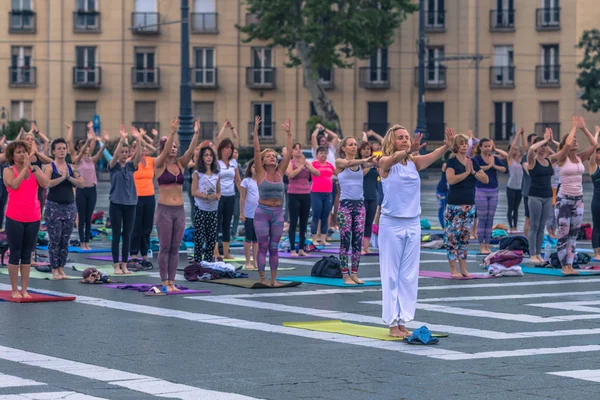
This monumental plaza commemorates Hungary’s founding fathers with an impressive colonnade flanking the Millennium Monument, completed in 1900. The central column rises 118 feet, topped by Archangel Gabriel holding Hungary’s crown and apostolic cross.
Statues representing conquest, war, peace, work, welfare, knowledge, and glory surround the base, while Hungary’s greatest historical figures stand watch from the colonnade. The square serves as the entrance to City Park while connecting two world-class art museums – perfect for understanding Hungary’s artistic contributions. During national celebrations, elaborate ceremonies here showcase Hungarian cultural pride through traditional costumes and performances.
Cave System
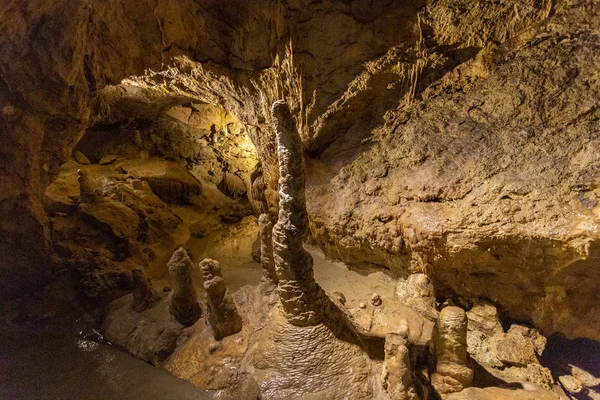
Beneath Budapest’s streets lies an extensive cave network created by the same thermal waters that feed the famous baths. Szemlőhegyi Cave features unusual spherical formations called “cave pearls” and flower-like mineral deposits created through thermal water action.
Pálvölgyi Cave system stretches over 19 miles, making it Hungary’s longest cave complex with dramatic stalactites and limestone formations accessible through guided tours. These underground labyrinths maintain constant temperatures year-round, providing refreshing exploration opportunities during summer heat waves. Urban legends suggest secret tunnels connect various historic buildings, though most remain accessible only to trained spelunkers and scientific researchers.
New Wave Food Scene

While traditional Hungarian cuisine deserves attention, Budapest’s contemporary food scene has exploded with innovation. Former industrial spaces now house farm-to-table restaurants where young chefs reimagine classic Hungarian flavors using modern techniques.
Food trucks gather in repurposed shipping containers at Karaván next to Szimpla Kert, serving everything from traditional chimney cakes to Asian-Hungarian fusion dishes. Meanwhile, specialty coffee roasters have transformed the café landscape with third-wave approaches emphasizing bean origin and precise brewing methods. This culinary renaissance combines international influences with local ingredients, creating distinctive flavors that complement rather than replace traditional offerings.
Like Travel Pug’s content? Follow us on MSN.
Tram Line 2
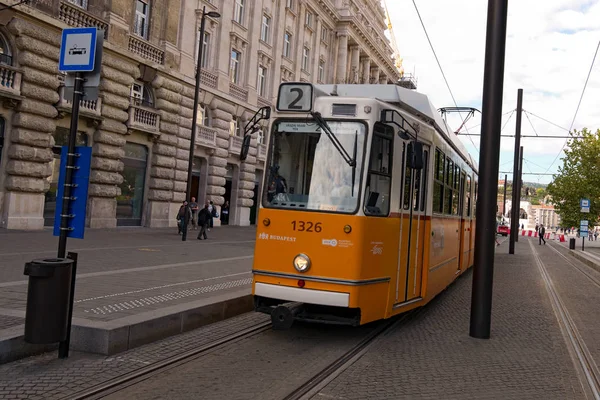
Transportation rarely makes “must-see” lists, but Budapest’s Number 2 tram provides possibly the world’s most scenic public transit route. Running alongside the Danube’s Pest embankment, these yellow carriages pass Parliament, Chain Bridge, Gresham Palace, and other landmarks while offering river views typically reserved for expensive river cruises.
The vintage trams create perfect photo opportunities against historic backdrops, particularly when captured crossing bridges connecting Buda and Pest. Locals use this route daily, creating an authentic experience far more enjoyable than typical tourist bus rides. For under $2, travelers experience a comprehensive city overview while participating in everyday Budapest life.
Where East Meets West
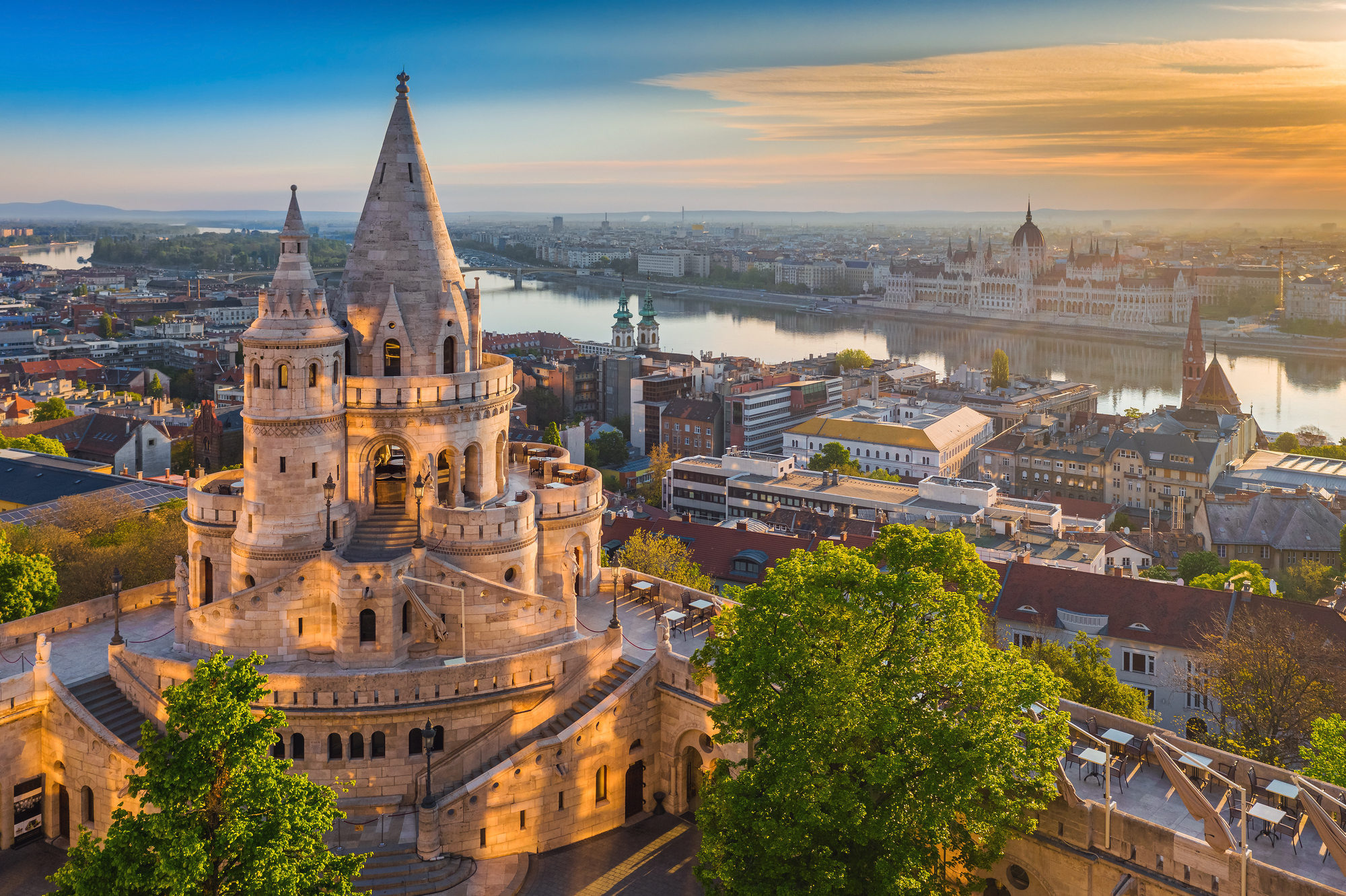
Budapest embodies a fascinating cultural intersection where Central European traditions blend with Ottoman influences and Soviet-era remnants to create something entirely unique. This convergence appears in architectural details, culinary traditions, and everyday customs that surprise visitors expecting typical European experiences. The city’s thermal bath culture combines Roman foundations with Turkish domes and Hungarian Social Club atmospheres.
Meanwhile, Budapest’s resilient spirit shines through a history of occupation and revolution that produced remarkable creativity alongside pragmatic determination. These qualities create a destination that rewards curious travelers willing to look beyond obvious attractions and discover the complex character that makes Budapest impossible to forget — and impossible to forget.
More from Travel Pug

- Cities Growing so Fast You Won’t Recognize Them in 10 Years
- 13 Destinations Where Tourists Regularly Regret Their Trip
- 16 U.S. Cities That Are Quietly Becoming Travel Hotspots
- Where to Travel If You Love Long Bus Rides and Daydreams
- 20 Cities Perfect for Solo Travelers Who Crave Adventure & Culture
Like Travel Pug’s content? Follow us on MSN.
